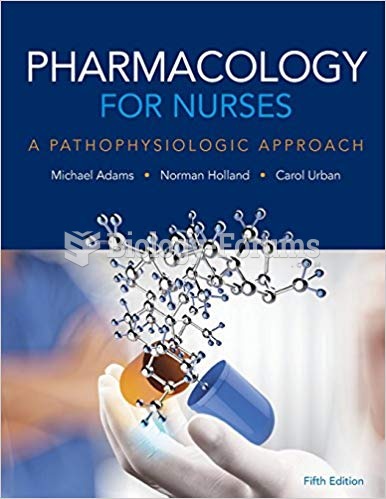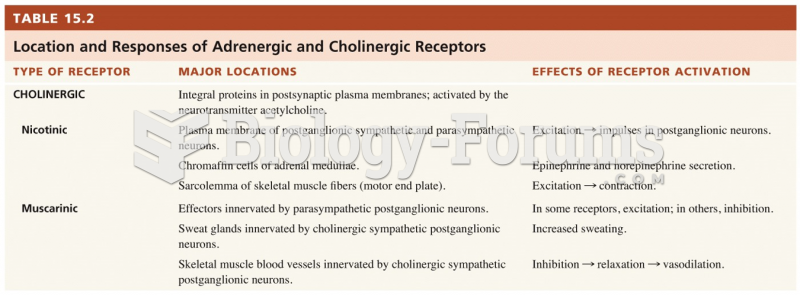Answer to Question 1
Physician Hans Selye (1975 ) developed the three-stage General Adaptation Syndrome to describe the physiological responses to eustress and distress. Because stress can result from any number of sources and stimuli, Selye (1985 ) primarily focuses on the internal processes of stress.
Stage 1: Alarm Reaction
In this first stage of stress response, the brain perceives the stressor and immediately signals the body to deal with it via neurological and physiological means. The body is innately programmed to react to the imminent threat. Because of our inborn fight or flight tendency-either fight the stressor or run away from it-our normal state of homeostasis (balance) in the mind and body is upset. In response to this situation, the body produces increased levels of corticosteroids, such as epinephrine (giving us that sense of nervousness and/or anxiousness when we perceive a stressor) and an increase in the body's metabolism (giving us that sense of anxious, extra energy).
Unique to each individual, emotional responses to a stressor can include an upset stomach, muscle tension, increased heart rate, higher blood pressure, and dry mouth.
Stage 2: Stage of Resistance
During this stage, the body continues to battle the stressor and remains in a continued state of elevated arousal. The increased levels of the stress steroids eventually begin to harm the individual's organs; because the immune system has remained on high alert for a prolonged period of time, it begins to weaken, placing the individual at a greater risk of becoming ill. For example, during finals week a great number of students in class or in the residence halls are coughing, sneezing, have a runny nose, a sore throat, mono, or the flu. As Selye explains to us, because of continuous states of arousal, such as the stressors of preparing for finals, students' immune systems become weakened, and they are at a greater risk of becoming ill.
Eventually, the energy used to adapt to the stressor begins to become depleted. Whatever the cause, the body cannot return to its normal state of balance until the demands of the stressor are met.
Stage 3: Exhaustion
Chronic, unrelenting stress, or stress that is mismanaged, in response to traumatic life events can eventually cause permanent damage to an individual because the body, over time, simply breaks down (Anspaugh & Ezell, 2004 ). When the body has depleted every resource it has in order to return to its normal state of homeostasis, the result is often long-term and quite serious, sometimes manifesting itself in heart disease, putting the individual at greater risk for heart attack and stroke, gastrointestinal problems (such as ulcers), diabetes, and even cancer due to the prolonged suppression of the immune system.
Answer to Question 2
True







